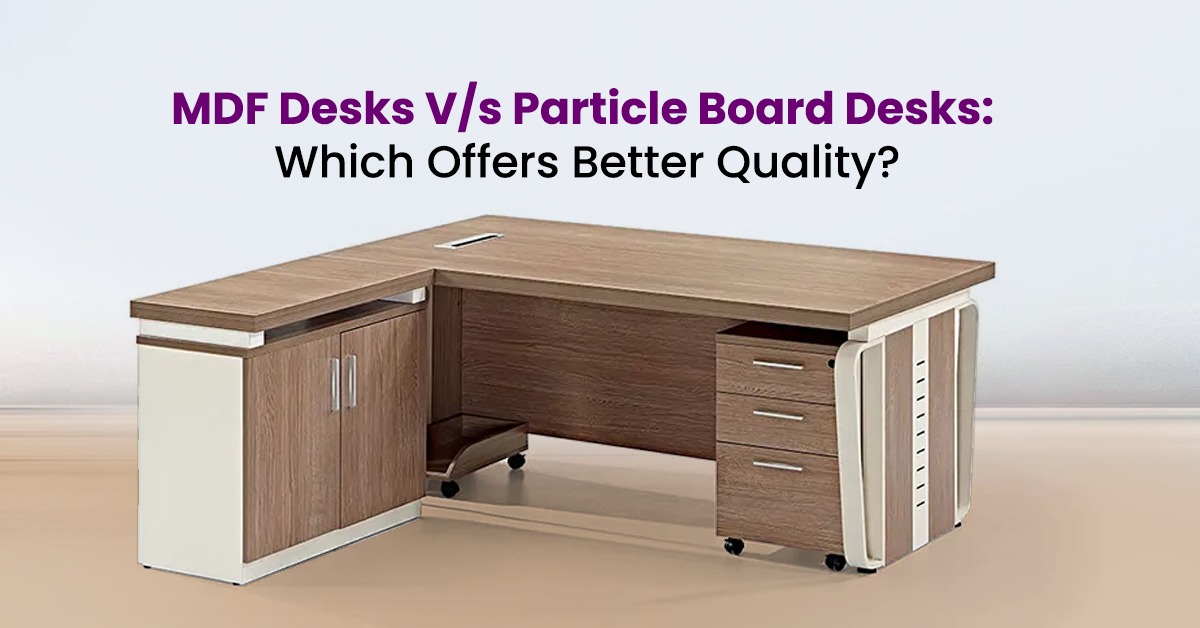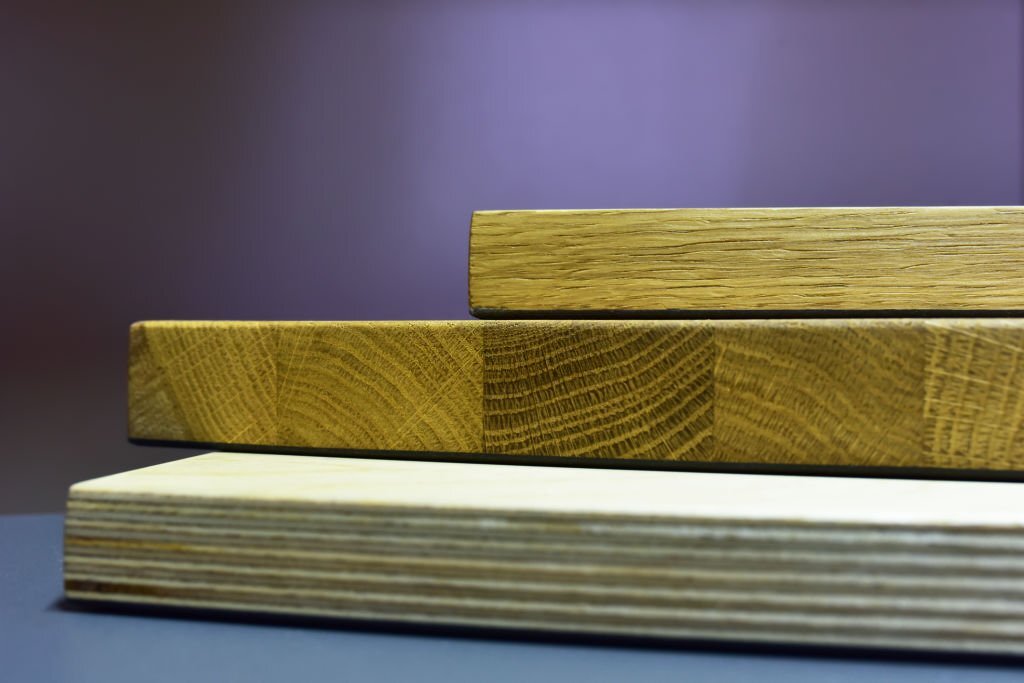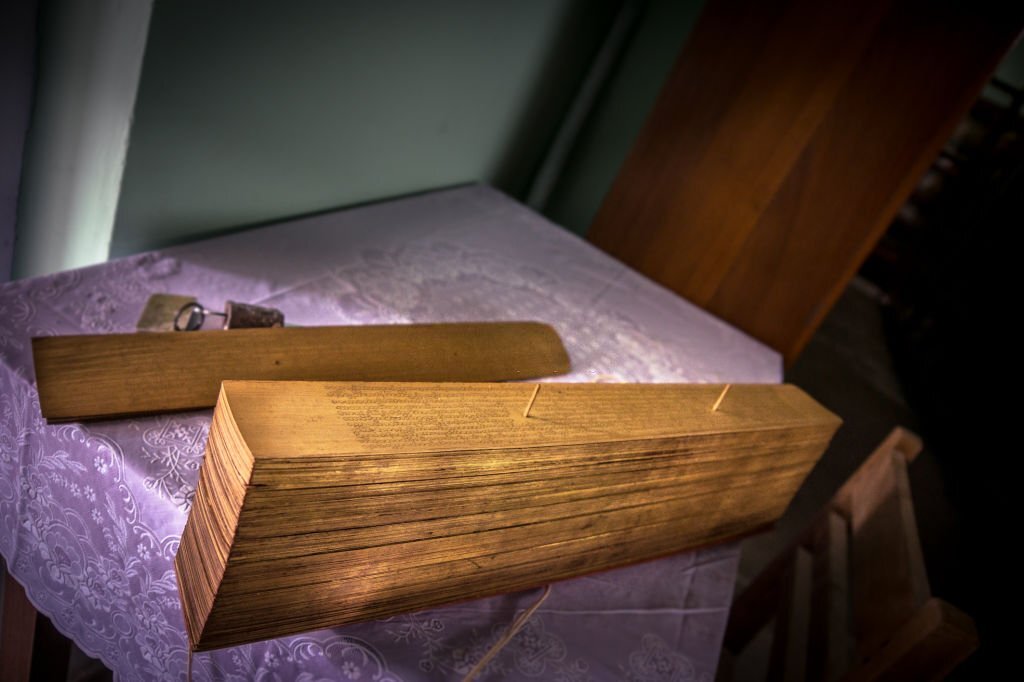Get Support
07496822205
MDF Desks V/s Particle Board Desks: Which Offers Better Quality?

Although solid wood is renowned for its advantages in terms of aesthetics and durability, it often comes at a higher cost. For many businesses, outfitting an entire building with wooden office furniture may exceed their budget. To reduce costs, furniture manufacturers utilize MDF (medium density fiberboard) and particle board for constructing underlayers, drawers, and paneling sections that are not constantly visible. These composite materials can also be used to create entire pieces of furniture, making them a viable option.

Both MDF board and particle board are composite materials manufactured in factories through various pressing methods to create boards of varying thickness and density. The key advantage of these wood alternatives is their affordability and the consistent density and uniformity achievable through manufacturing. If solid wood is beyond your budget, here's what you need to consider when choosing the right composite material for furniture.
What is MDF?
MDF stands for medium-density fiberboard. Some companies establish MDF plantations in specific regions, cultivating particular tree species that are then debarked, chipped into pieces, and transformed into pulp through the composite manufacturing process. Additionally, wood fibers categorized as "waste" from solid wood manufacturing are collected and repurposed for MDF production.
The collected pulp or fibers undergo a blowline process, where a wax resin is added to prevent clumping, along with formaldehyde. After the treated fibers dry, mdf manufacturer subject them to a hot press that activates the bonding chemicals, resulting in evenly distributed fibers forming boards of different sizes.

Advantages of MDF
- Cost: MDF panel board is a more affordable alternative to solid wood.
- Uniform product without knots or blemishes.
- Provides a flat, smooth surface ideal for veneer substrates.
- Grain-free, ensuring consistent properties in all directions.
- Easy application of paint and other finishes.
- Minimal expansion and contraction in response to weather conditions, unlike wood.
In a nutshell, MDF and particle board offer cost-effective options for furniture construction, providing consistent quality and diverse design possibilities. Consider your budget and specific requirements to determine the best composite material for your furniture needs.
What is Particle Board?
Particle board is a type of composite board and fiberboard product that shares similarities with MDF (medium-density fiberboard), but there are important distinctions to consider. It is known for being cheaper, lighter, and less strong compared to other options. Over time, the manufacturing process improved, leading to the availability of different grades of particle board. For example, grade-density particle board utilizes smaller particles near the surface to enhance strength.
The manufacturing process for particle boards involves more steps compared to MDF. Machines are used to sort different sizes of wood chips and ensure proper distribution. Additionally, various chemical mixtures are employed based on the desired properties of the final product. Particle boards can be engineered to resist water, fire, and insects. Instead of a hot-press process, particle board relies on a cold-press method to solidify and set the necessary adhesives.
Interestingly, particle board gained popularity as a material for kitchen cabinets in the 1950s, even though it was initially more expensive than solid wood. As manufacturing methods evolved, the cost decreased, leading to its widespread use for cost-effective furniture production. Nowadays, there are different quality grades of particle board, highlighting the importance of understanding what you are purchasing.
Advantages of Particle Board
- Affordability: Particle board is cheaper than solid wood, MDF, and plywood, making it suitable for construction applications like unseen subfloors.
- Smooth and flat surface that readily accepts glue.
- Available in various grades, thicknesses, and densities to cater to different needs.
- Higher grade particle boards offer excellent strength and density.
- Environmentally friendly to some extent, as it utilizes scraps and waste materials.
- Lightweight, making it easy to move furniture made from particle board.
- Furniture pieces are often pre-laminated and feature ready-made designs, requiring assembly based on provided instructions.
Particle board offers a cost-effective alternative to wood, MDF, and plywood. Its smooth surface, versatility in grades, and ease of assembly make it a practical choice for a range of applications, particularly in construction and furniture manufacturing.
When considering products that incorporate MDF or particle board, it is essential to be aware of their potential drawbacks. For MDF board, understanding its limitations is crucial. On the other hand, when opting for particle board, it becomes vital to carefully examine the grade you are purchasing. Whatever material you choose, ensure that it strives to strike the right balance between cost and durability, ensuring you find the most suitable materials for your office and home furniture needs.

 By: Ethan
By: Ethan